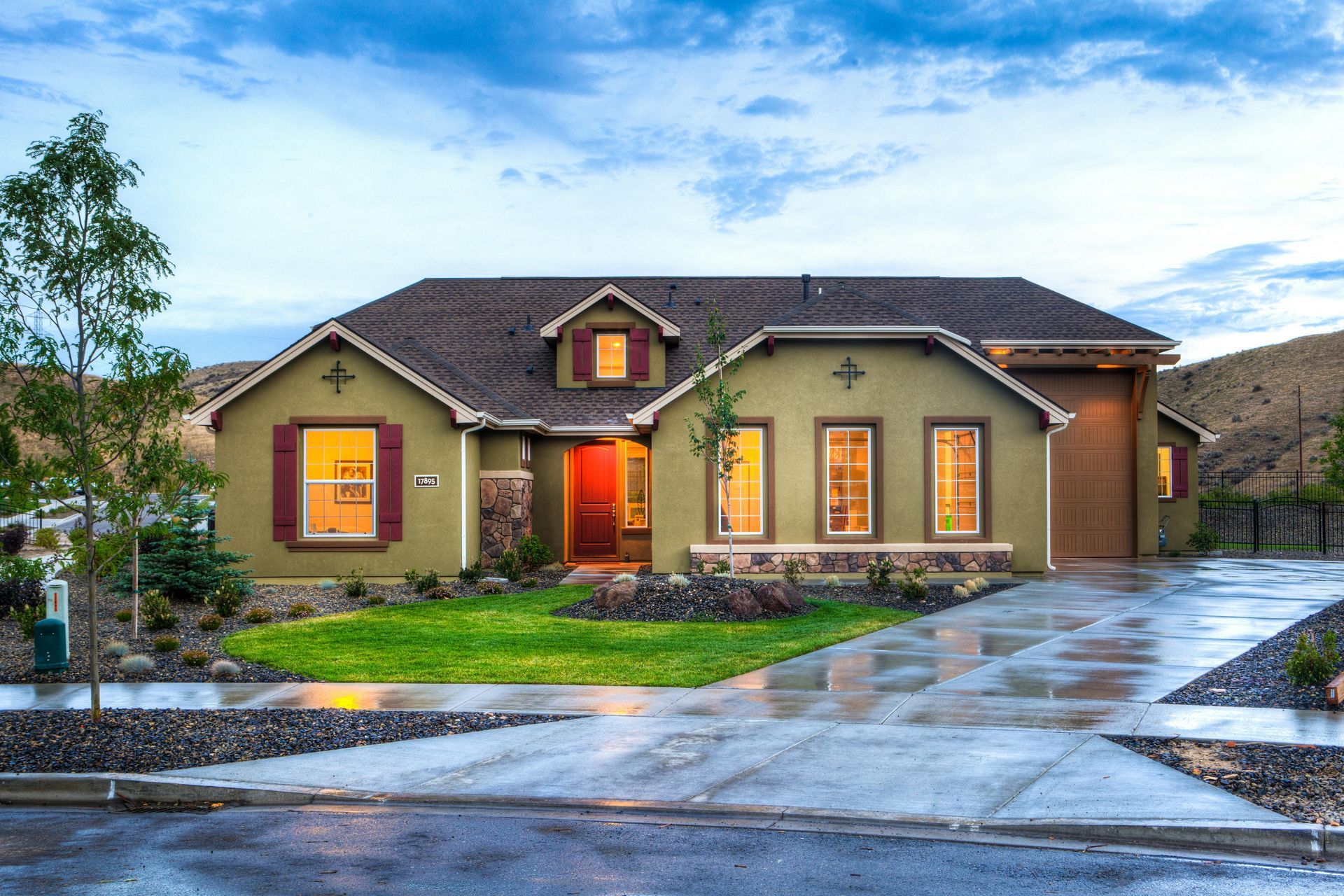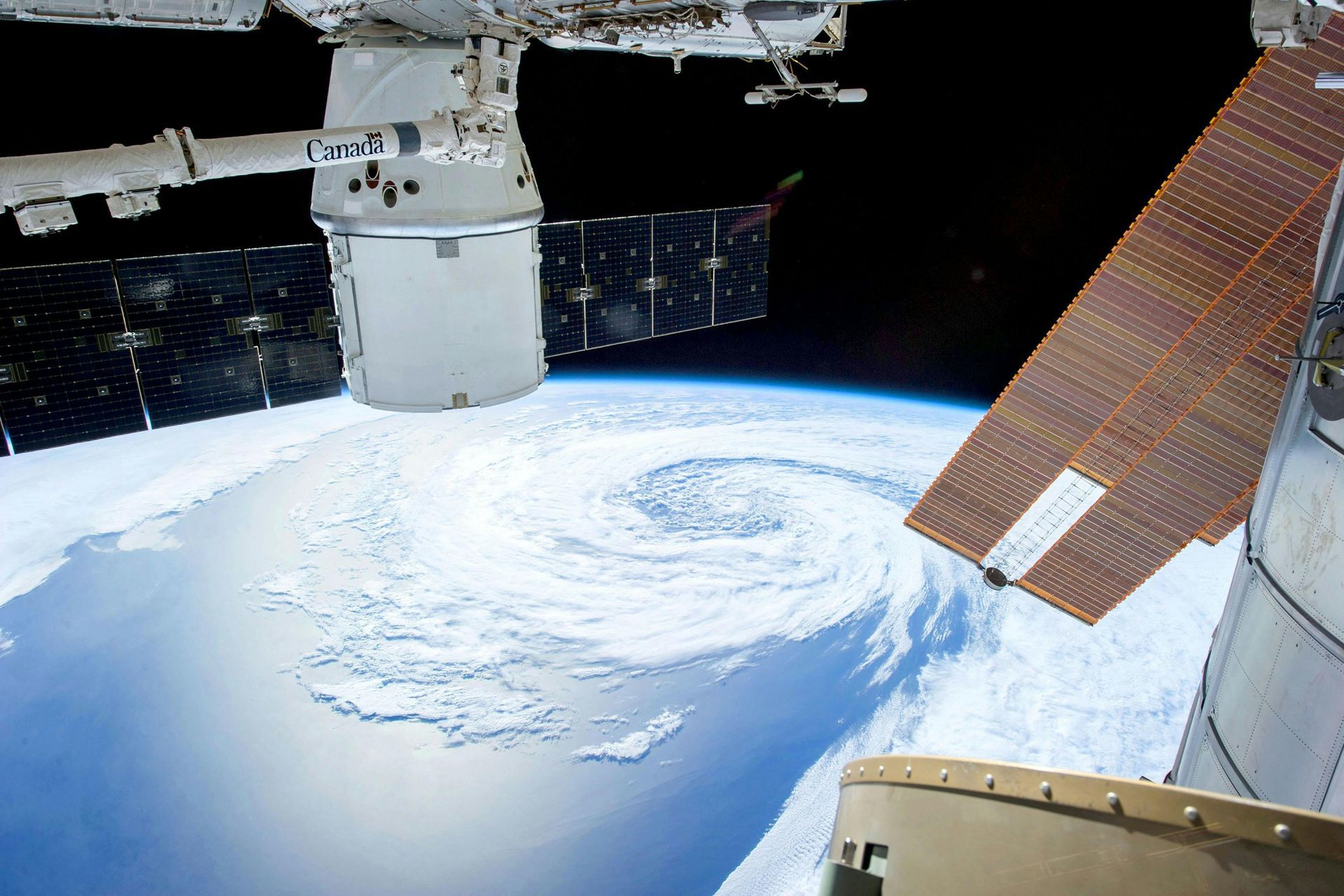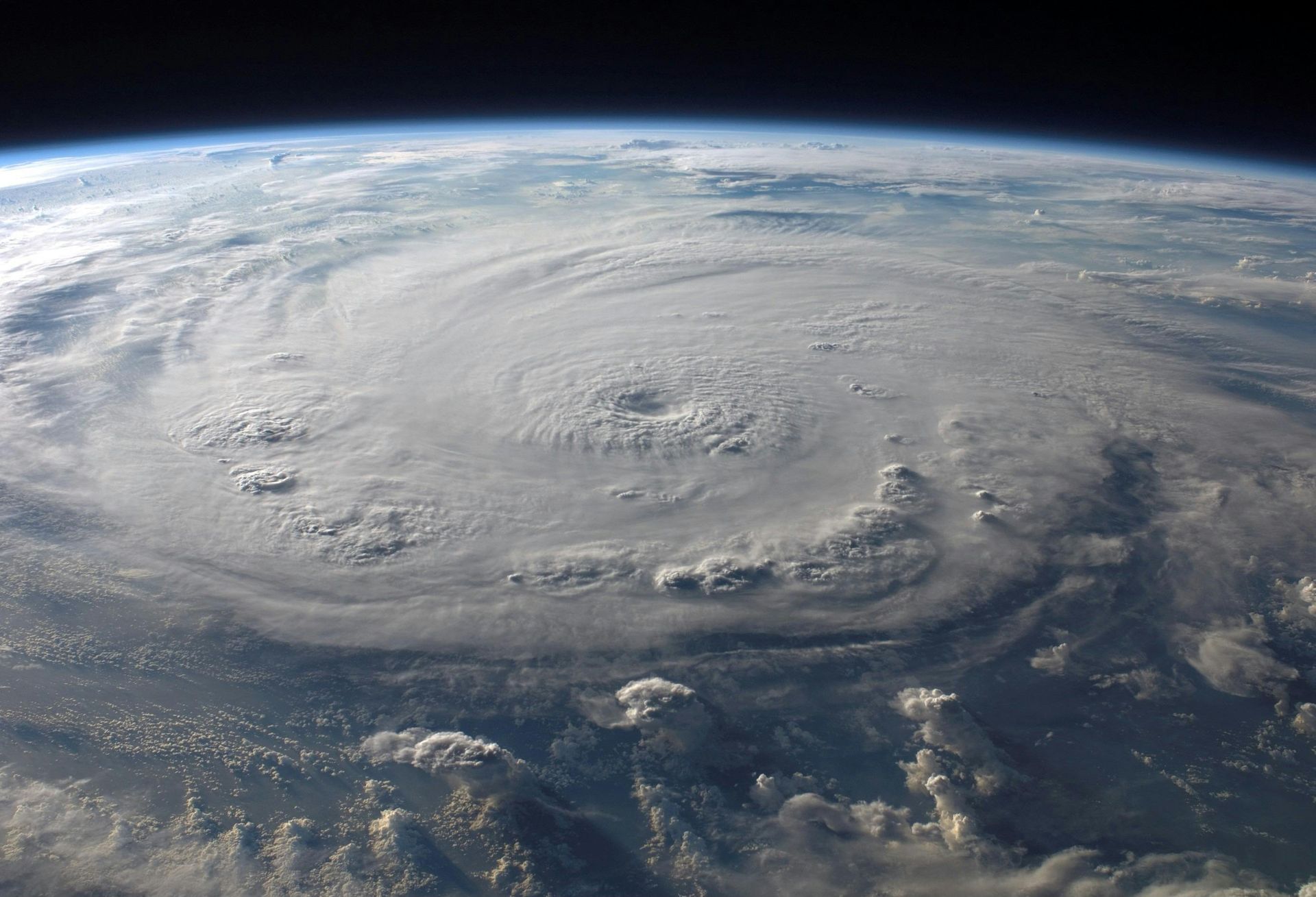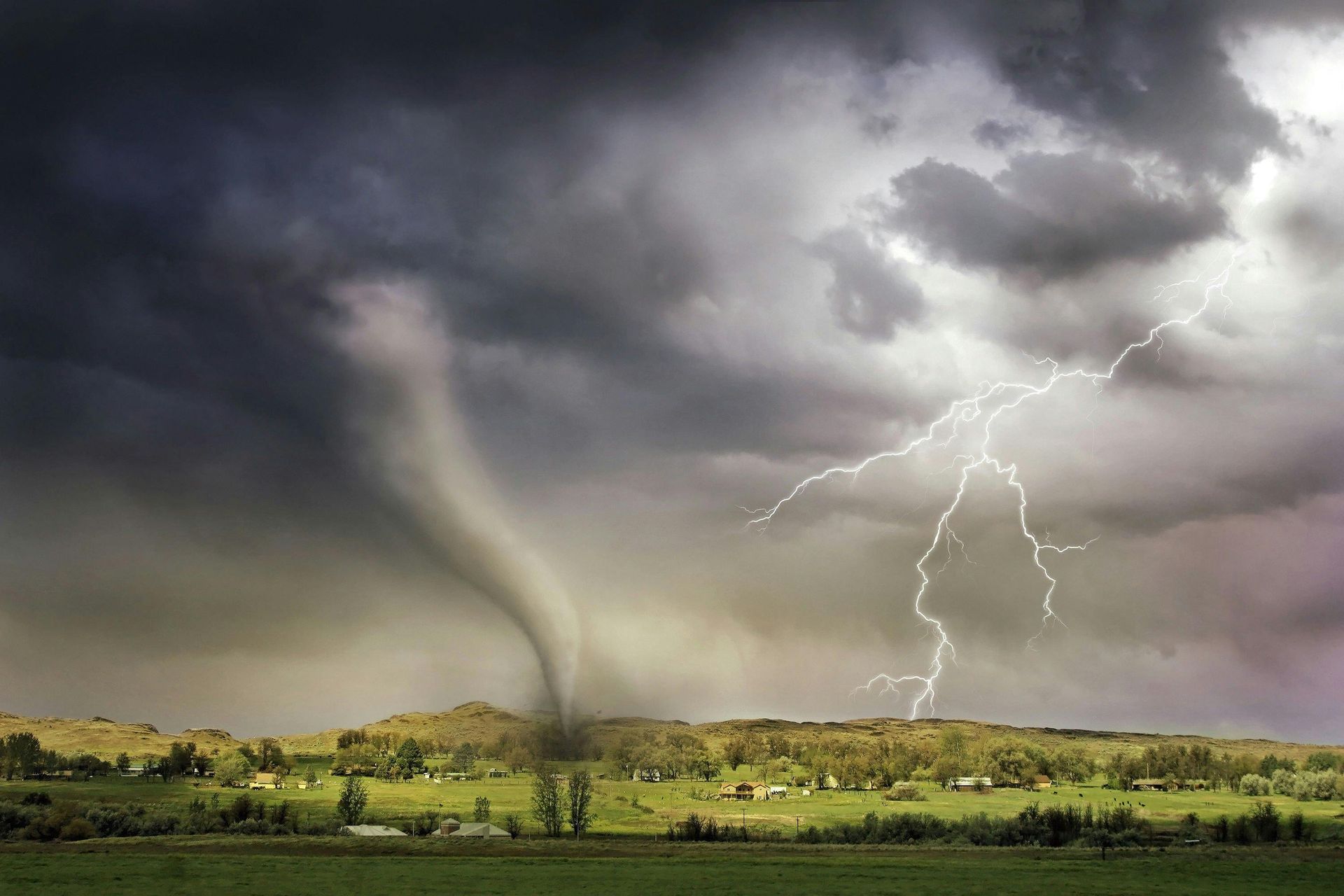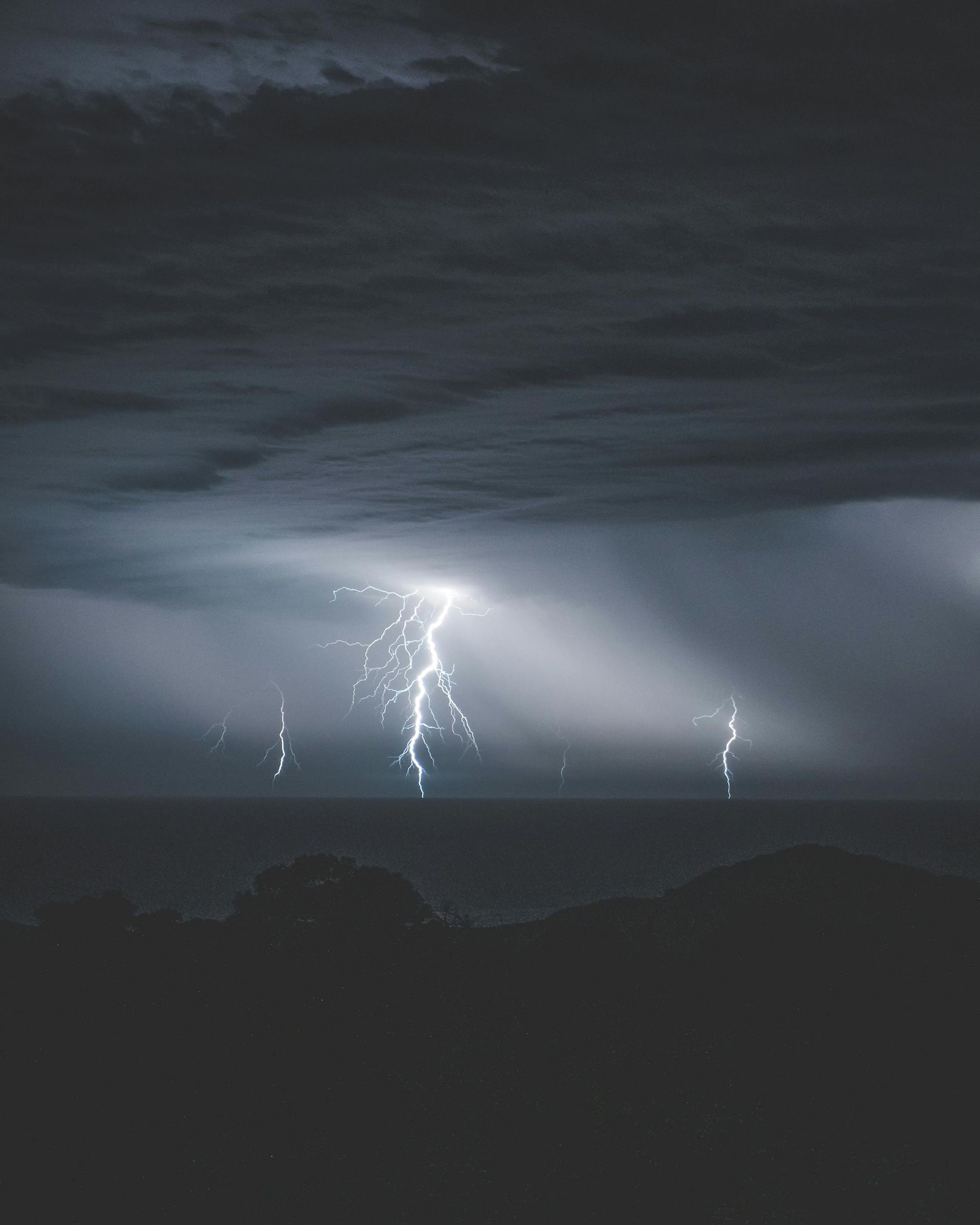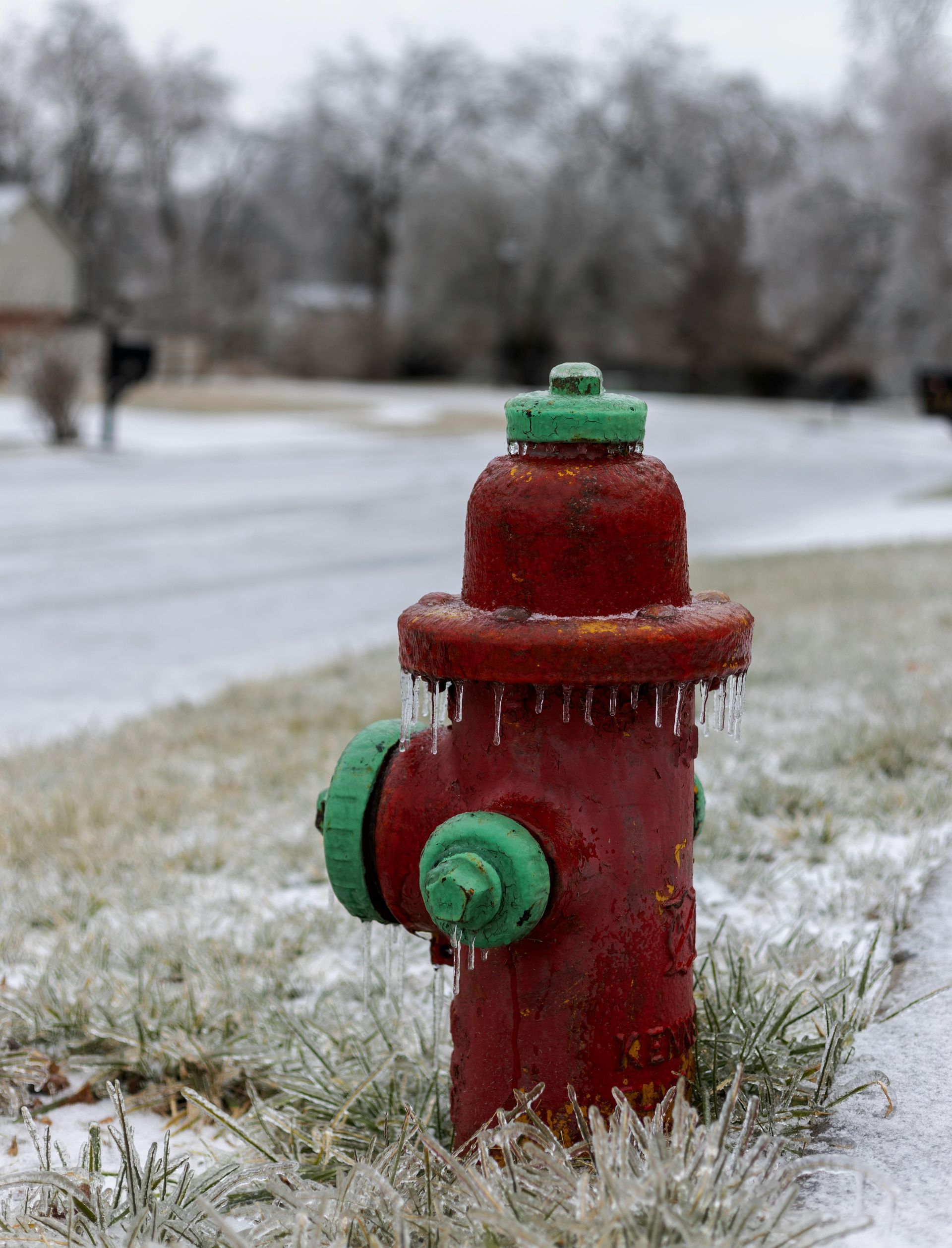Are You Ready for Flood Season? Essential Tips for Protecting Your Property
Flood season is a reality that many homeowners face annually. With rising global temperatures and unpredictable weather patterns, floods have become one of the most common and costly natural disasters. Protecting your property from flood damage isn’t just about safeguarding your belongings; it’s about ensuring the safety and well-being of your family. At Disaster South, we believe in proactive preparedness to minimize the impact of floods. This blog provides essential tips to help you stay ready for flood season and protect what matters most.
Understanding Flood Risks
The first step in protecting your property is understanding your flood risk. Flood risks vary based on location, weather patterns, and proximity to water sources.
- Know Your Zone
Check FEMA’s Flood Map Service to determine if your property is in a flood zone. Properties in high-risk areas may require flood insurance and additional precautions. - Assess Historical Flood Data
Research the flood history of your area. Have there been flash floods, storm surges, or river overflows in the past? Knowing what to expect can help you prepare effectively. - Monitor Weather Alerts
Stay updated with local weather forecasts and subscribe to emergency alert systems. Early warnings can give you precious time to prepare.
Preparing Your Property for Flood Season
Once you understand your flood risk, it’s time to take actionable steps to safeguard your property. Here’s how:
1. Seal and Protect Your Home
Floodwater often seeps into homes through weak points. Inspect and fortify your property to prevent water intrusion.
- Seal Cracks and Gaps: Use waterproof sealant to fill cracks in your foundation, walls, and basement flooring.
- Install Flood Barriers: Deploy sandbags or flood barriers at doorways and windows during heavy rain.
- Upgrade Windows and Doors: Consider installing flood-resistant doors and windows for long-term protection.
2. Maintain Drainage Systems
Clogged gutters and drains can exacerbate flood damage. Regular maintenance is key.
- Clean Gutters: Remove leaves and debris from gutters to ensure water flows freely.
- Inspect Drains: Check and clear storm drains near your property.
- Install Backflow Valves: Prevent sewage from backing up into your home by installing backflow prevention valves.
3. Elevate Key Assets
When flooding occurs, minimizing damage to valuable items can save you significant time and money.
- Raise Electrical Systems: Elevate electrical outlets, switches, and circuit breakers at least 12 inches above the potential flood level.
- Protect Appliances: Place water heaters, furnaces, and other critical appliances on elevated platforms.
- Move Belongings: Relocate valuable items to higher levels in your home.
Emergency Preparedness for Flooding
Even the best preventative measures can’t eliminate all risks. Having an emergency plan ensures you’re ready when a flood strikes.
1. Create a Flood Emergency Kit
Assemble a kit with essential items to sustain your family for at least 72 hours. Include:
- Non-perishable food and bottled water
- Flashlights and extra batteries
- First aid supplies
- Medications and important documents in waterproof containers
- Emergency contact list
2. Plan for Evacuation
Know your evacuation routes and establish a family communication plan.
- Map Routes: Identify multiple evacuation paths in case primary roads are blocked.
- Set a Meeting Point: Agree on a safe place to reunite if separated.
- Practice Drills: Conduct evacuation drills to familiarize everyone with the plan.
3. Stay Informed
- Monitor Updates: Use local news, radio, and weather apps to track flood conditions.
- Follow Instructions: If authorities recommend evacuation, leave immediately for your safety.
Financial Protection: Insurance and Documentation
Flood damage is costly, but insurance and proper documentation can help ease the financial burden.
1. Purchase Flood Insurance
Standard homeowner’s insurance policies typically do not cover flood damage. If you’re in a flood-prone area, flood insurance is essential.
- Understand Coverage: Review what is covered, including building structure and personal property.
- Document Assets: Take photos and videos of your property and belongings to support insurance claims.
2. Keep Records Safe
- Store copies of important documents—insurance policies, deeds, medical records—in a waterproof container or digitally in the cloud.
After the Flood: Recovery Tips
If flooding does occur, taking swift and informed action can minimize further damage.
1. Ensure Safety First
- Avoid wading through floodwaters, as they can contain debris, chemicals, or electricity hazards.
- Turn off electricity if it is safe to do so.
2. Document Damage
- Take photos of all damage before starting cleanup. This documentation is crucial for insurance claims.
3. Start Drying Out
- Remove standing water and use dehumidifiers to prevent mold growth.
- Discard water-damaged items that cannot be sanitized.
4. Consult Professionals
- Contact restoration experts like Disaster South to assess and repair structural damage.
Conclusion: Stay Ready, Stay Safe
Flood season is unpredictable, but with preparation, you can significantly reduce the risk of property damage and ensure the safety of your loved ones. By taking preventive steps, creating an emergency plan, and knowing how to respond after a flood, you’ll be better equipped to handle whatever nature throws your way.
At Disaster South, we’re here to help you through every stage of flood preparedness and recovery. Whether it’s offering advice, providing restoration services, or simply being a source of support during challenging times, our mission is to help you protect what matters most. Contact us today to learn how we can assist you in staying ready for flood season.
